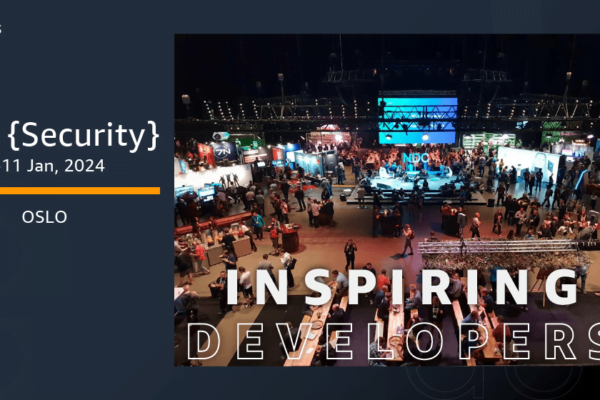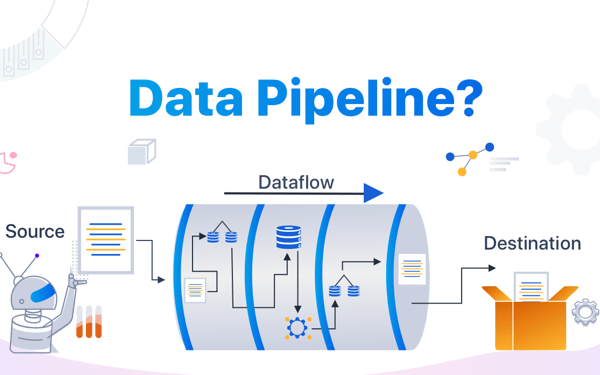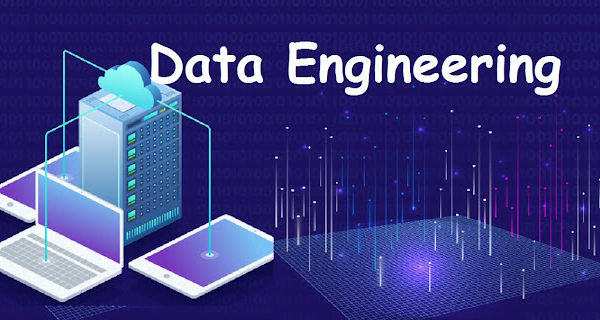
CES 2024: What is it, when it’s happening, and what’s next in tech
CES 2024, the renowned tech trade show in Las Vegas, focuses on AI with an “All ON” theme. It runs from Jan. 9 to 12, featuring major tech players, including Intel, Samsung, and BMW. Follow up with the event and find out the innovative world of technology with a discussion on key trends for 2024 including AI’s pervasive influence, advancements in VR, AR, and XR technologies, and a wave of innovation in 100-inch TVs, promising an exciting showcase of transformative tech for 2024.









